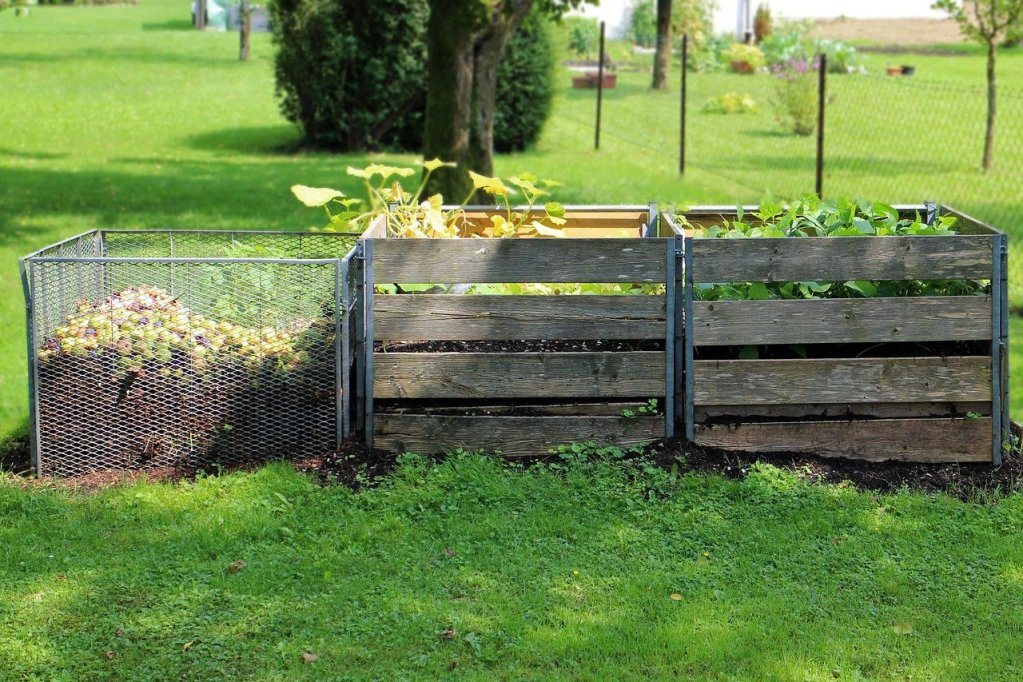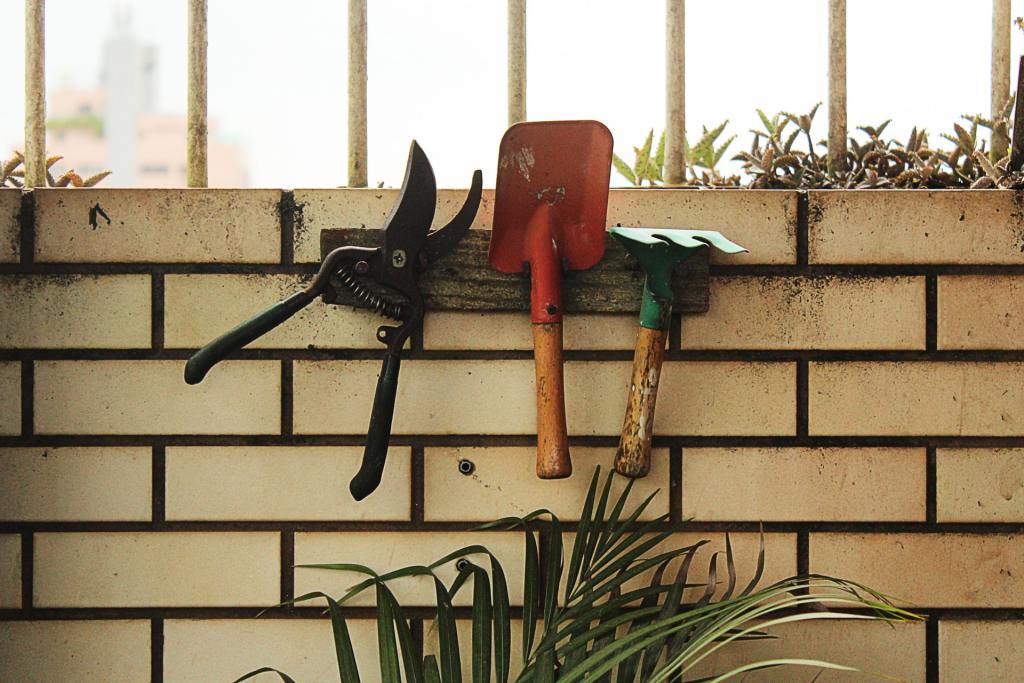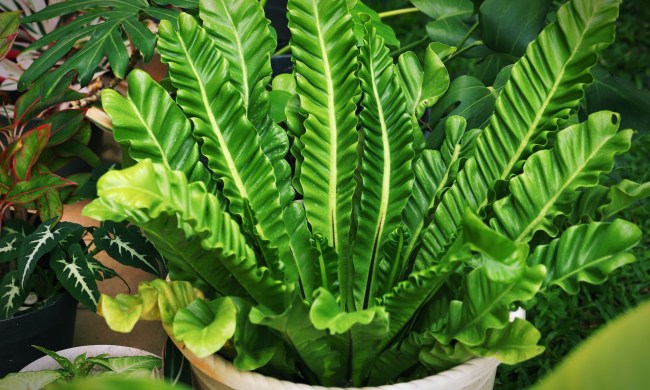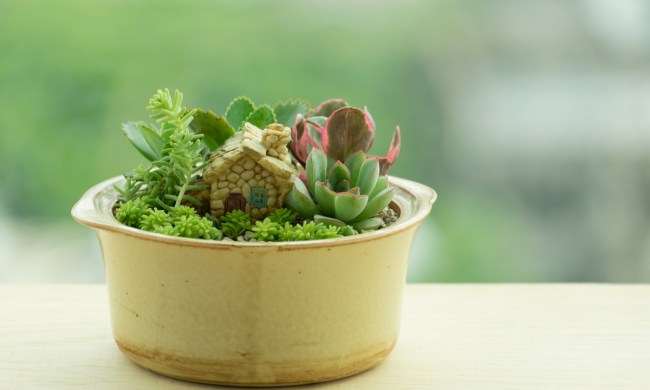Spring and summer are full of tasks to be done in the garden. There’s planting, watering, weeding, fertilizing, and harvesting! When late fall and winter start rolling around, it can be hard to know what to do with a dying garden. Below are seven ways to prepare your garden for winter and set it up to be ready for spring planting.
Prep soil for spring
The best way to prepare a garden bed for spring is by starting in the winter. With just four simple steps, you can create a garden haven for insects, earthworms, and healthy bacteria to come and prepare your soil for you. When spring comes around again, you can rest easy knowing your soil is ready to go.
Removing dead or finished plants
First things first, remove any dead plants or plants that have run their course and will not produce any more harvestable food. Maybe your tomato plants are finally done? The eggplant you hoped might pop out one more fruit? Cut all these lingering plants out of the garden, but do not pull them out unless they have a disease. Leaving the roots in the ground leaves food behind for those beneficial insects and encourages them to eat and leave behind their fertilizing presents.
Remove invasive weeds
Next on the list is going to make life easier on you down the road. Pulling and completely removing invasive weeds will ensure they are dead and gone. If you don’t dig in there and get all the roots out, there is a good possibility they will come back next year full force. Take the time and hard work to pull them all out. You’ll be glad you did come next spring!

Apply compost
Now that all the useful plants are cut down to the roots and the bad ones are gone for good, it’s time to apply a heavy blanket of compost. If you’ve been growing a compost bin all year, now is the time you will be thanking yourself. While it’s perfectly fine to go and purchase compost, making your own saves money!
If you have your own compost, make sure to stir it around and then apply a thick layer over the garden bed. Since it’s going on in late fall or early winter, it’s fine to include fresh compost that might not be wholly decomposed yet. Throughout the winter, the bugs will work their magic, and come next spring you’ll have beautiful, dark, healthy compost for your new baby plants to enjoy.
Freshen up mulch
To aid in the decomposition of the compost you just piled high, the next thing to do is spread a thick layer of mulch over the top of the compost. Compost breaks down faster when it’s warm. If it becomes frozen during the winter, it can slow down or even stop decomposition altogether. With a thick layer of mulch, this helps protect the compost from freezing and holds in the heat like a fuzzy blanket. So tuck in your garden for winter and wish it a good night.
How to prepare for winter
Winter is coming, and whether for your climate that means lots of snow or a slight chill in the air, there are ways to prepare and make life easier come next spring.
Plant cover crops
If you live in a climate where the weather is mild during the winter, you might be one of the lucky few who can rejuvenate their garden bed with a productive cover crop. Cover crops help rejuvenate the soil while still providing you with something edible or useable. This is an excellent alternative to the compost, mulch, and wait method.
Popular cover crops are winter rye, winter wheat, crimson clover, and winter peas.
Prune perennials
Plants such as asparagus come back year after year; these perennials won’t die back or be pulled out at the end of the season, but that doesn’t mean you should ignore them, either. Everyone needs a good haircut now and then, and this is the time to help out these plants with a bit of a trim.

Clean and organize tools
There’s nothing more frustrating than digging around a messy shed for a tool you could have sworn was right there! Now that you have cleaned out your garden beds, tucked them in tight with compost and mulch or a beautiful cover crop, it’s time to clean.
Spend a day cleaning tools and organizing the shed to make life much easier for you when spring comes rolling back around.
Cut back the dead stuff, pile on the compost and mulch plants, add some cover crops, and clean your tools. Whether you live in northern Vermont or southern California, these are some great ways you can prepare for winter and ensure that next year your garden is in tip-top shape.


